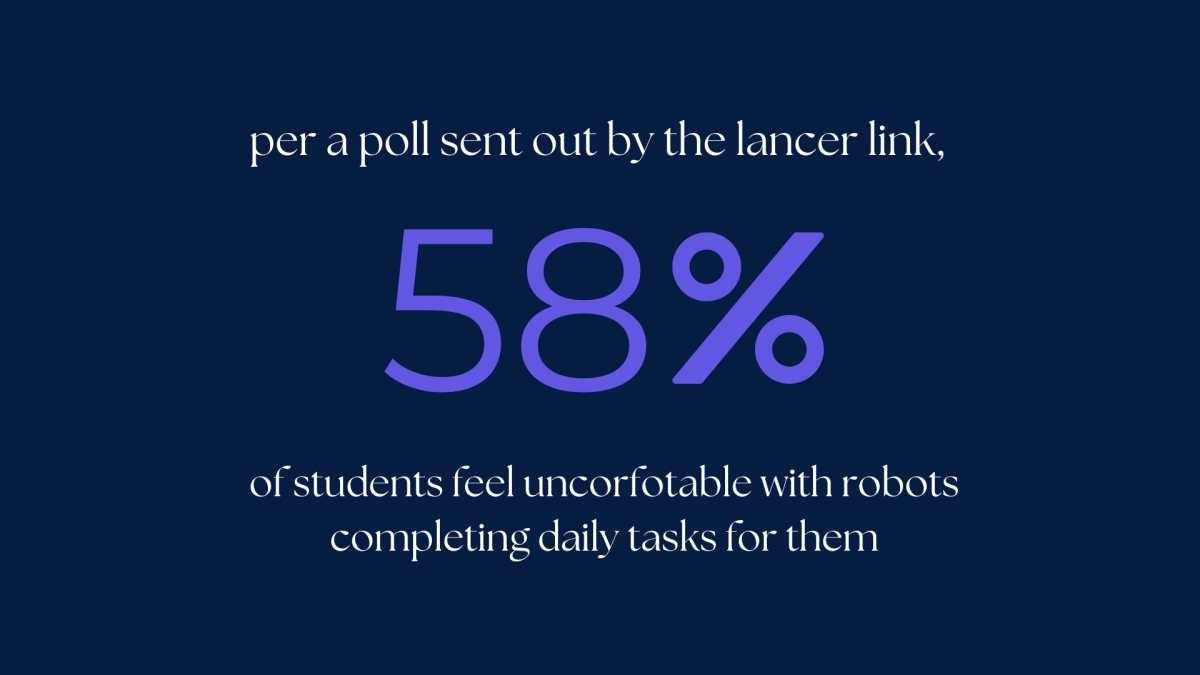When reports of the Japan catastrophe on March 11 blew up on the news no one expected the outcome to be as costly as it proved to be. With Japan having more tsunamis than anywhere else on the planet, people should have been expecting the unexpected. Unfortunately, no one could have been prepared for the devastation that pulverized the island.
The 9.0 magnitude earthquake triggered a ten meter wall of water across Japan’s coastline. This literally left entire communities in flames, planes and cars swimming and buildings stacked on top of one another like Lincoln Logs.
Rescuers are spread thin over 400 miles; however, hopes of any finding survivors have dwindled. Initially reports estimated that the dead and missing were among the hundreds. Unfortunately these figures are terribly off. National police state that that 9,500 are confirmed dead and more than 15,600 are still missing.
Those who have survived both the tsunami and earthquake were left homeless. About 300,000 people are crammed into poorly equipped shelters. Authorities desperately try to provide the homeless with basic necessities.
Recovery efforts have slowed slightly, as their aims are now different. Volunteers are no longer working around the clock in attempts to rescue people. They are now merely beginning to try and put Japan back together piece by piece.
Though the disaster seems far removed from Carlsbad, students can still be helpful to the relief efforts.
“A few of my friends’ families have been affected and I think its important people spread the word to donate and pray,” Freshman Sean Deng said.
The Fukushima Nuclear Power Plant, outside of Tokyo, has caused additional problems to Japan’s dismal state. The cooling systems that keep the radioactive fuel rods from catching fire failed when workers were evacuated due to high potential danger. This allowed the rods to partially melt, releasing radiation. Three out of its six reactors have exploded and a fire broke out at the fourth reactor unit.
A team of U.S. experts quickly intervened in this crisis. Japan requires for all people to evacuate within 20 miles from the plant; the U.S. on the other hand recommends at least 50. The state of the power plant has been declared stable; however, sufficient damage has already effected citizens.
“I’m worried about the situation with the power plant, its going to set back nuclear power progression internationally,” Junior Stephen Phan said.
A Japanese official stated 22 people have been confirmed to have suffered radiation poisoning. Water, milk and crops have been contaminated as well. The dangerously high iodine levels in tap water have left two million people without water. Because Fukushima provides 40 percent of the power to the region around Tokyo, one million people do not have power.
This series of unfortunate events is likely to cost Japan up to $309 billion. If this estimate is correct, it will have been the worlds most costly disaster. Japanese officials plan to rebuild what once was before the disaster. Economists say that many countries will be willing to lend them money to refinance the construction effort, but this will only hurt their economy further due to interest rates. The halt in factory production means that they are not receiving the revenue that this would normally provide. Until these factories are rebuilt Japan cannot even start to repay its debt.
“With all of the philanthropic aid that Japan is receiving I think they will recover relatively quick, for the amount of destruction they have suffered,” Phan said.
Despite all of Japan’s preparation for both earthquakes and tsunamis this crisis is a reminder of just how unpredictable and traumatic mother nature can be.









Jeremy Pierce • Apr 15, 2011 at 12:01 pm
thank you! this is a global disaster that will directly affect the younger generation. keep on it, and keep us informed!
Jeremy Pierce • Apr 15, 2011 at 9:39 am
Thanks for keeping us informed